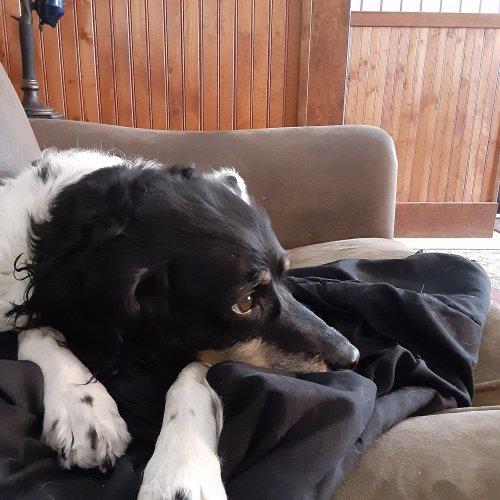OntarioHunter
Well-known member
- Joined
- Sep 11, 2020
- Messages
- 5,998
I know about "special issues." Because my retinas were struggling with the aging process, the surgeons were very reluctant to tackle the cataract in my good right eye. They had to replace the lens in left eye after repeated vitrectomies with gas. The nitrous oxide bubble injected in the eyeball to hold healing detachment in place ruins the lens. For some reason that no one knows, patients who are prone to detachments are more likely to have one after cataract surgery. They waited a year after the third retina surgery before doing left eye cataract. No sense in getting in a hurry as they fully expected I would lose that eye anyway. Had to wait till I almost couldn't drive before replacing the lens in right eye. I've still got both eyes although scar tissue in left eye makes it difficult to discern details. Having depth perception is important. Right eye now has multiple floaters that I would love to have removed. Even the doctors at Mayos say that's out of the question. My retinas are too touchy and sclera (eyeball) is so thin the surgeon could see through it when doing surgery. They all say I'm okay to shoot but I rdecided to retire the 870 goose gun for an auto. Generally, I don't shoot my big game rifle that much.Thankfully significant side effects are rare, about 1 in 200 (from a 2006 study...current numbers are even lower). That number goes down as the surgeon's experience goes up, so use an experienced surgeon. Advances in technology and carefully pre-screening patients with special issues continues to reduce the rate of complications.
For contrast, in developing countries the risk of significant issues is about 25%, 50+ times higher than in advanced societies.








